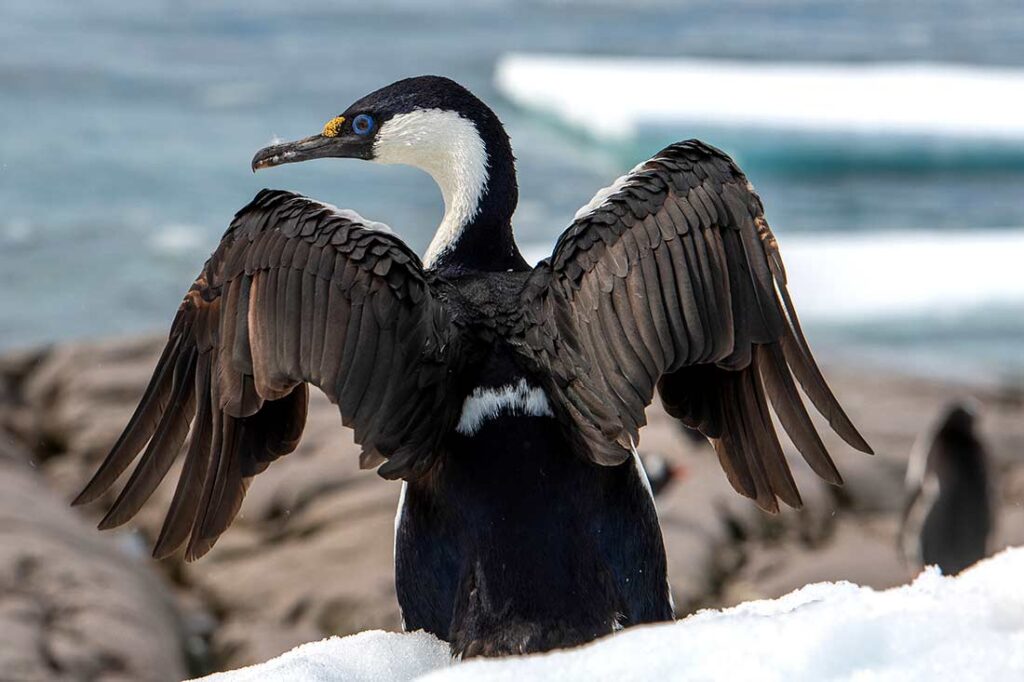Mark Edward Harris | The Seventh Continent
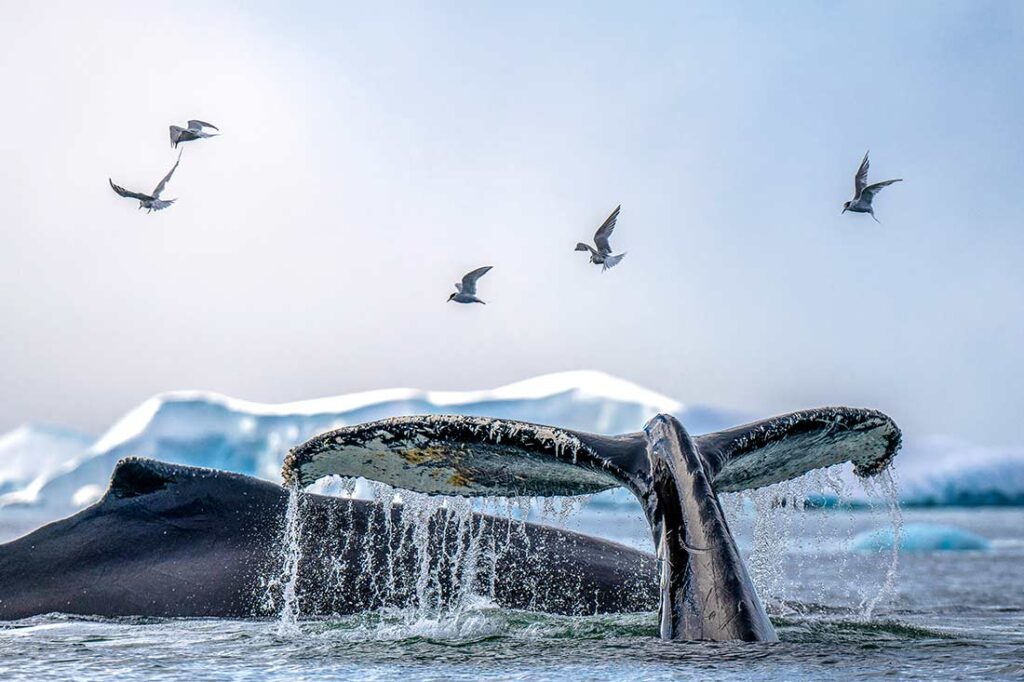
Mark Edward Harris © All rights reserved.
“I’m known to many in the photography world as a fearless explorer, having worked in some of the most off-the-beaten-path areas around the globe, including multiple trips to North Korea, Iran, and Iraq, as well as intense treks through the jungles of the Amazon, the forests of Borneo, and Nepal’s Himalayas.
There are very few places I wouldn’t venture in pursuit of a strong photo narrative or photo op. That said, after traveling to more than 100 countries and six continents, I still didn’t have the courage to take on the dreaded Drake Passage, the most often turbulent waters that separate Antarctica from South America. I simply didn’t have the stomach for it, that is until I learned about the fly/cruise option from Punta Arenas offered by the Chilean cruise company, Antarctica21.
Then, at last, the elusive seventh continent was within sight.”
-Mark Edward Harris
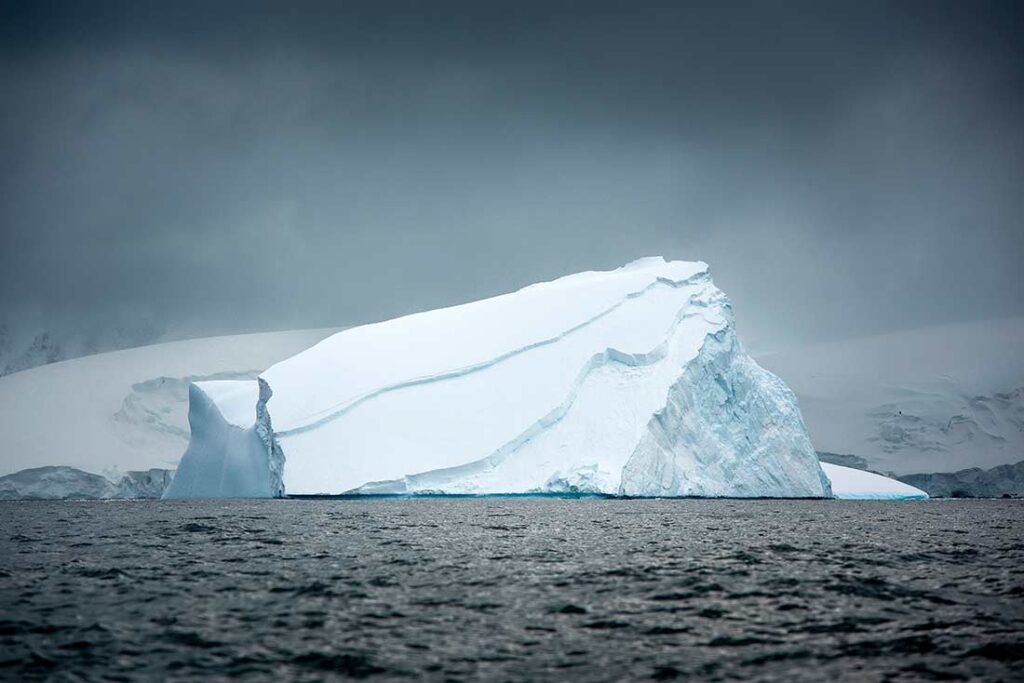
Mark Edward Harris © All rights reserved.
After a couple of days at The Singular Patagonia to adjust to the local time zone and to explore this magnificent part of Chile armed with a couple of Nikons, it was time for the two-hour flight over the Drake Passage to the South Shetland Islands. From there, we would sail across to and then along the Antarctic Peninsula.
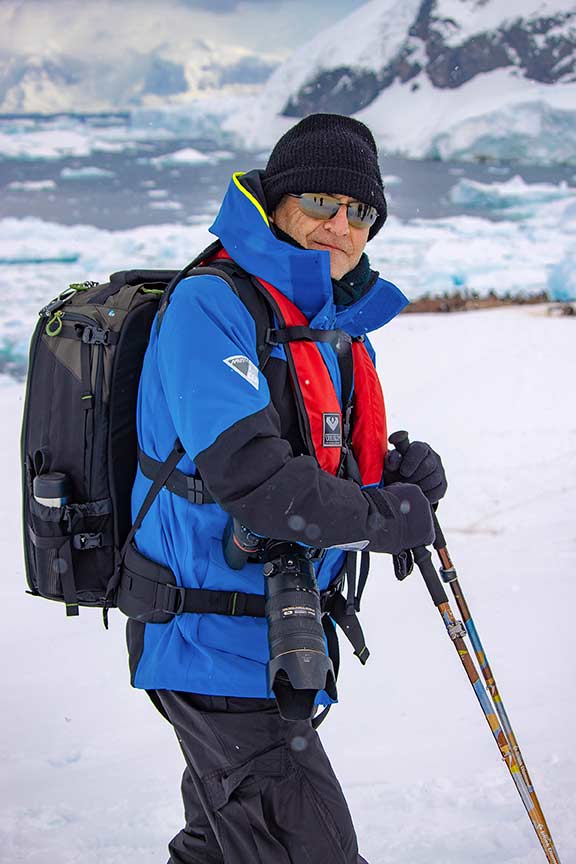
Steffi Francisco © All rights reserved.
Antarctica21’s Magellan Explorer is an extremely stable and comfortable home-away-from-home with an incredible crew, including top experts on the Antarctic. I tapped into their knowledge, especially to better understand the behaviors of the wildlife we would be encountering. Now it was time to see what I could do camera-in-hand in one of the world’s last frontiers.
We did Zodiac excursions every morning and afternoon, landing on some of the most remote places on earth. We were, however, often greeted by a variety of locals, mostly gentoo and chinstrap penguins. Keeping a respectful distance, I found that my Nikkor 300mm f/4 and Nikkor 500mm f/5.6 lenses allowed me to do portraits of individuals in their environments that told a bigger story rather than just wider overview shots.
That said, there were plenty of opportunities for my Nikkor 70-200mm f/2.8, Nikkor 24-70mm f/2.8, and Nikkor 20mm f/1.8 lenses to put in an entire workday for the seemingly endless amount of scenics we encountered.
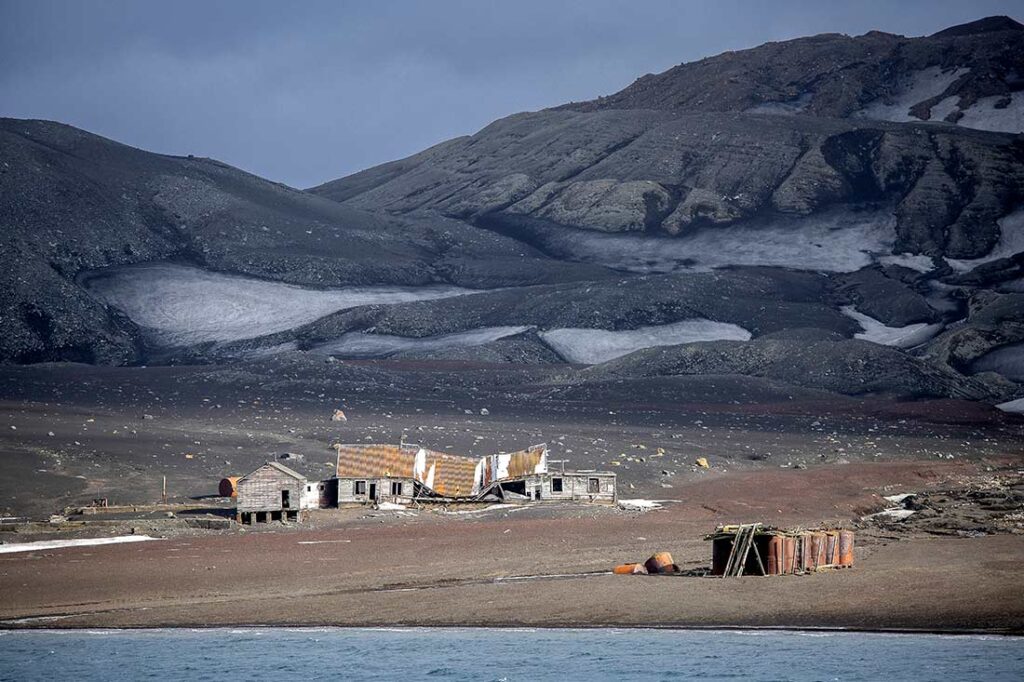
Mark Edward Harris © All rights reserved.
While freezing moments in time in the Antarctic was the goal, I had to pack carefully before departing the US to not freeze as well. The Antarctic is not a very forgiving place to those who venture forth not properly attired. In addition to heavy wool socks I picked up in Norway, and The North Face thermals, snow pants, and a jacket, I wear thin touch-sensitive gloves when out in the elements so I can operate the camera while keeping my hands warm. If it’s extremely cold, I add thick Nikon outer gloves I bought in Japan that have a pointer finger opening for depressing the shutter.
Antarctica21 provides all its passengers with properly fitted rubber boots in Punta Arenas, so when the plane touches down in the South Shetland Islands, we’re ready to hike to Zodiacs to transfer to the ship.
Once on board, we leave the boots in the mudroom for all off-ship excursions. The boots are washed and sanitized between excursions to avoid accidentally introducing foreign organisms into Antarctica and endangering its pristine state. It faces enough challenges with Global Warming.
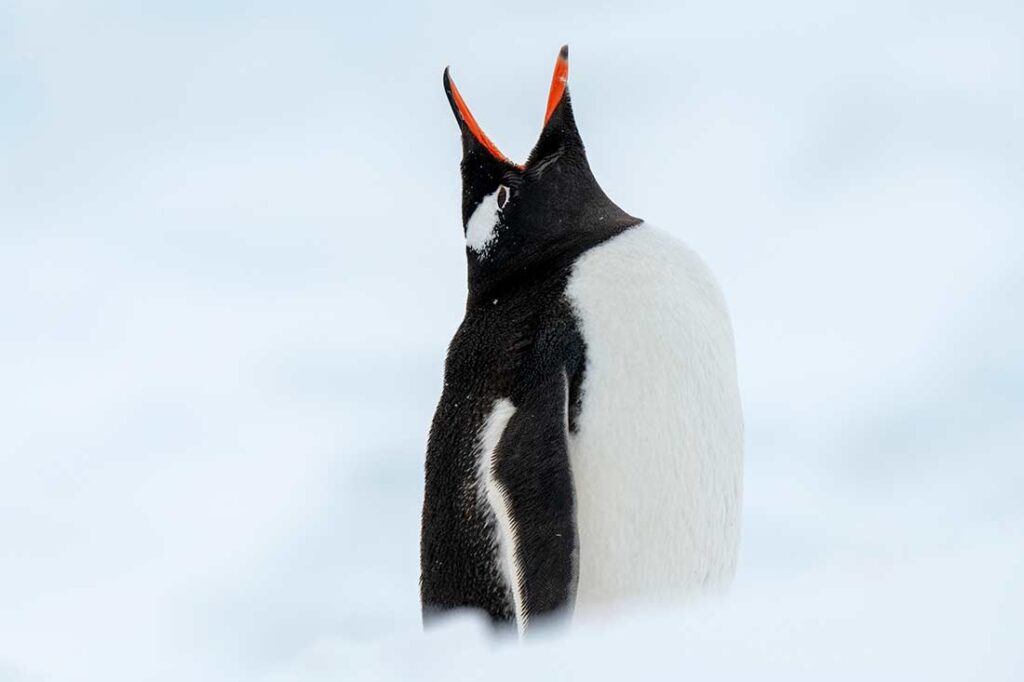
Mark Edward Harris © All rights reserved.
Zodiac landings offer the opportunity to hike most often through heavy snow to interesting vantage points and near penguin colonies. While the ship can supply hiking poles, I carried my own Black Diamond Distance Z Trekking Poles because they fold into three sections, making them a great pair of sticks for travel. My hands are freed up for the use of the poles since I carry all my camera equipment in a Think Tank FirstLight camera bag in the 40L size.
Perhaps the most important photo technique I keep in mind when photographing from the ship or Zodiac is that these are moving vehicles that will cause a camera shake no matter how steady I hold the camera. In these situations, I tend to work with a shutter speed of at least 1/1000th of a second to avoid the photo-ruining blur associated with unwanted camera movement.
A variation of the same thing goes for photographing animals on land. Once again, while I might be holding the camera steady, animals move, so I base my shutter speed on their movement. The slowest shutter speed I work with is 1/250th of a second with a normal or medium telephoto lens, and at least a 1/500th of a second with a longer telephoto lens for photographing animals and faster is even safer. With my D850, I like to avoid ISOs from going above 800 ISO, which gets mixed into my “exposure triangle” calculation. I just bought the Nikon Z9, which will open up the world of higher ISOs, not needed during the Antarctic summers but will be indispensable in low light opportunities on other assignments.
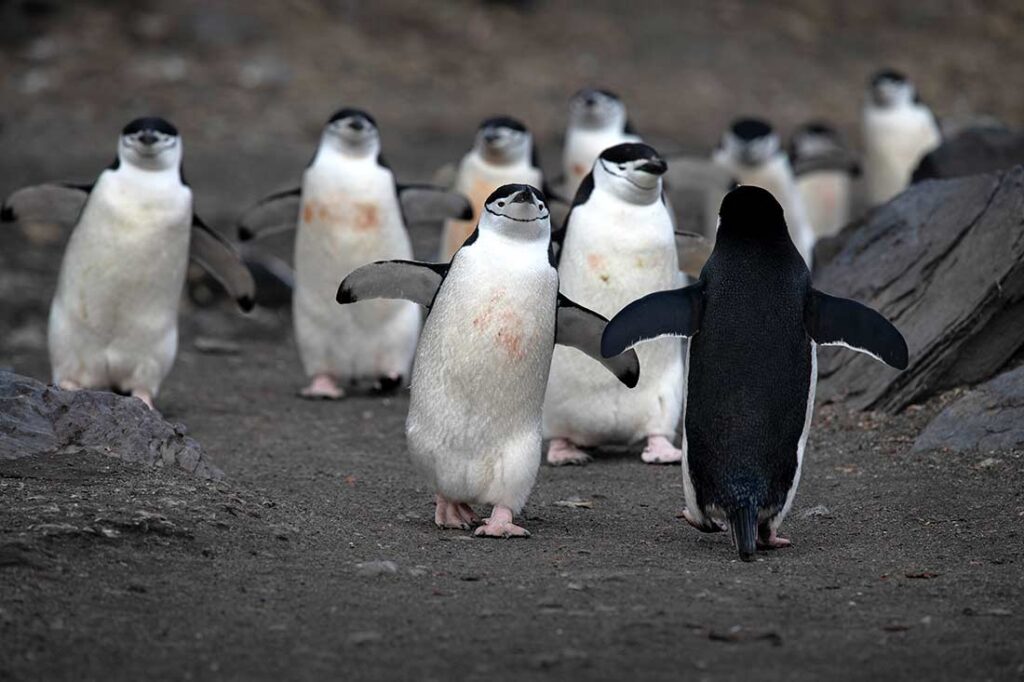
Mark Edward Harris © All rights reserved.
For birds in flight, I tend to shoot with at least 1/2000th of a second and pan with the bird as it moves across the sky. Once I have the proper shutter speed for the given situation, I think about the depth of field that will best suit the image before my lens. Of course, these calculations are being made in microseconds and almost subconsciously.
If you think too much, the subject that attracts your eye might change before you click the shutter. When I teach workshops, I emphasize the importance of knowing your equipment, so it is just an extension of your body and mind.
I then suggest that the participants treat their camera’s sensor like a canvas and ask the question,
“How do you want to paint your scene?”
The art of photography is greatly enhanced by what you have in focus and what you have out of focus. For example, for landscapes, using a small aperture that gives you a lot of depth of field (think Ansel Adams) is often best, while portraits of humans or our fellow creatures often benefit from wider apertures which yield a shallower depth of field.
In addition to shooting stills in the Antarctic, my assignment required video. While cameras and smartphones can shoot fantastic videos, to get great sound I use a Rode shotgun mic for professional quality audio. This came in especially handy when documenting some of my braver travel companions taking the polar plunge. I much preferred to stay on deck, living by the idea, “What’s the point of jumping off a perfectly good boat?” I have basically the same idea when it comes to parachuting. If a plane is working well, I’m perfectly happy to stay in it. Whether it’s stills or video, everything I shoot gets backed up to an incredibly demure but powerful two-terabyte OWC Envoy Pro Elektron external hard drive.
I cannot emphasize this aspect of photography enough. In addition to backing up my images at the end of each day, I do not erase my cards until I’m back home and have everything backed up to at least two other places in separate locations.
In reality, I usually don’t erase my cards from important shoots such as the Antarctic or the Olympics.
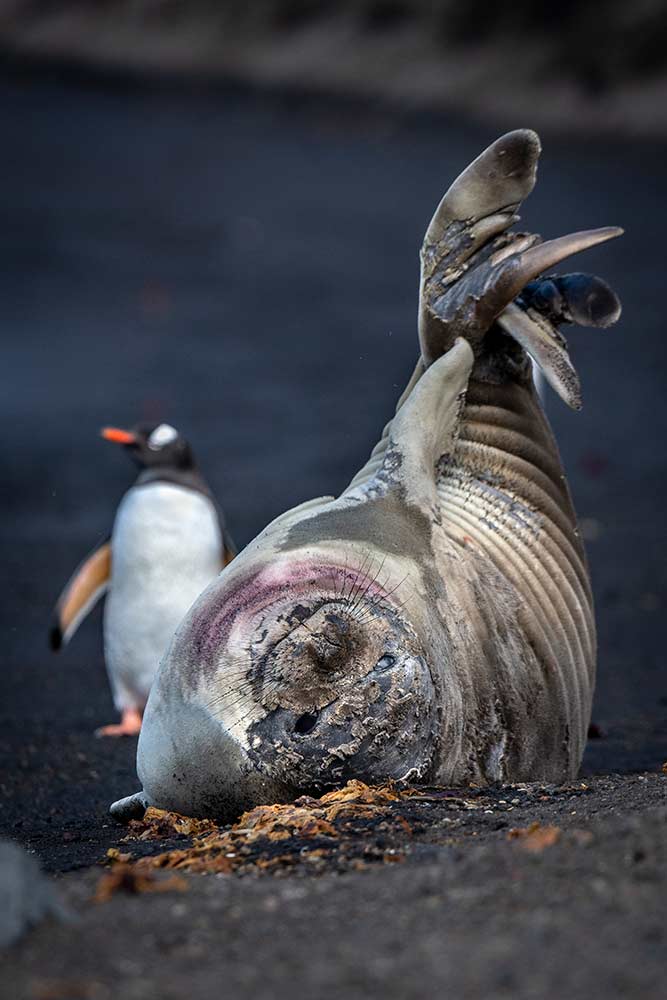
Mark Edward Harris © All rights reserved.
When I teach workshops, I emphasize the importance of knowing your equipment, so it is just an extension of your body and mind. I then suggest that the participants treat their camera’s sensor like a canvas and ask the question, “How do you want to paint your scene?” The art of photography is greatly enhanced by what you have in focus and what you have out of focus”.
-Mark Edward Harris
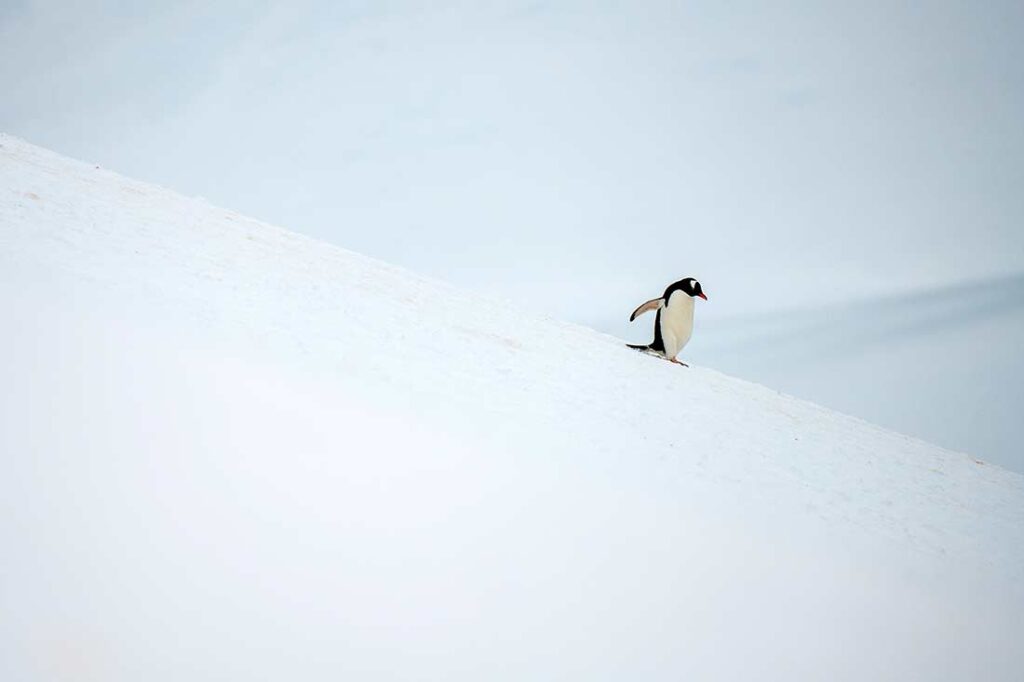
Mark Edward Harris © All rights reserved.
While I traveled down to the Antarctic with my friend, Pulitzer Prize-winning photographer Nick Ut, I had the honor of meeting so many fascinating fellow explorers. These new friendships will continue far past our disembarkation, as will our shared memories of a journey of a lifetime. I will never forget how fortunate I am not only to have these experiences but to have the ability to document them with a medium that is less than 200 years old.
- Mark Edward Harris. January 2022.


